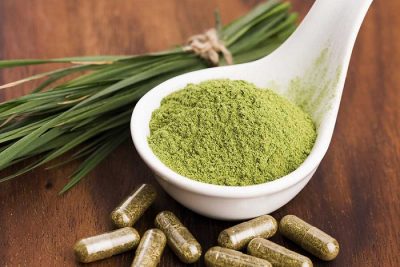
Kratom, or Mitragyna speciosa, is a tree native to southeast Asia which has leaves that can be manufactured into a high-producing drug when ingested. Sold over the counter, Kratom has been abused all over America, with calls to the U.S Poison Control Center associated with Kratom spiking rapidly between 2010-2015. Kratom is commonly marketed as treatment for Addiction, Anxiety, and Depression. At head shops, gas stations, and other general retail businesses, Kratom is sold in the form of raw leaf, powder, gum, capsules, tablets, and as a concentrated extract.
Effects of Kratom:
- Increased energy and alertness.
- Decreased appetite.
- Increased sociability.
- Heightened libido.
- Analgesia (pain reduction).
- Drowsiness.
- Calm, dreamlike mental state.
- Cough suppression.
- Reduction in symptoms of opioid withdrawal.
Signs of Kratom use:
- Pupillary constriction (tiny pupils).
- Facial flushing (blushing).
- Tremors or loss of motor coordination.
- Constipation.
- Sweating.
- Dizziness.
- Nausea and vomiting.
- Itching.
Common Uses/Misuses of Kratom
Kratom is used as a painkiller, antipyretic (fever reducer), anti-inflammatory, antitussive (cough suppressant), antihypertensive (to lower blood pressure), as a local anesthetic, to lower blood sugar, and as an antidiarrheal. There are no studies linked to the effectiveness of these uses.
 Kratom is also illicitly abused, in a fashion similar to prescription pain-killers, touting opiate-mimicking effects. Although Kratom is used by all age groups, there has been a recent increase in use among young adults.
Kratom is also illicitly abused, in a fashion similar to prescription pain-killers, touting opiate-mimicking effects. Although Kratom is used by all age groups, there has been a recent increase in use among young adults.
FDA Warnings
The FDA released a statement in 2017 warning against Kratom use. The conditions that are being treated with Kratom should be treated by licensed professionals. There is also high potential for abuse, as Kratom produces effects similar to Opiates and Stimulants.
Testing for Kratom
Standard drug tests cannot detect 7-Hydroxymitragynine and mitragynine, the main psychoactive components of Kratom. The only way Kratom can be detected is through laboratory testing. It is estimated that Kratom can be tested for up to 5 days after ingestion.
For information on Kratom testing, or to order a Kratom Drug Test, Visit Accrediteddrugtesting.com, or call 800-221-4291

